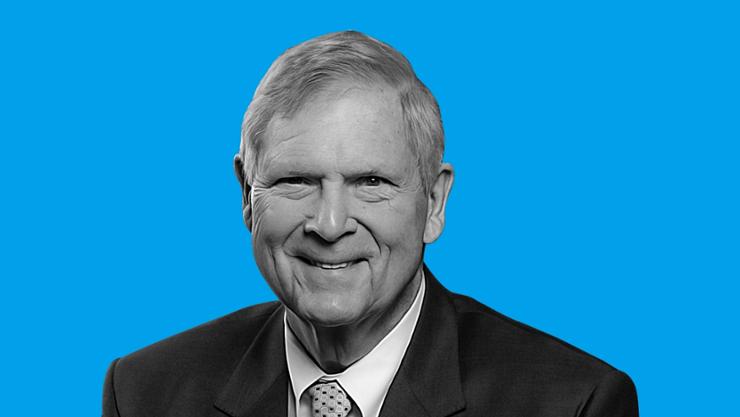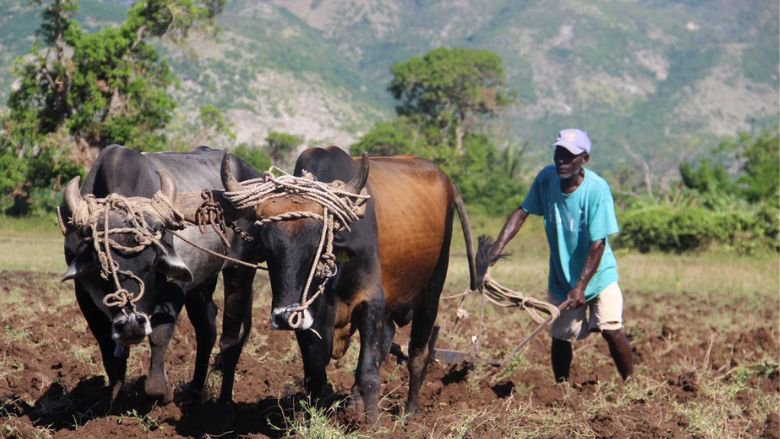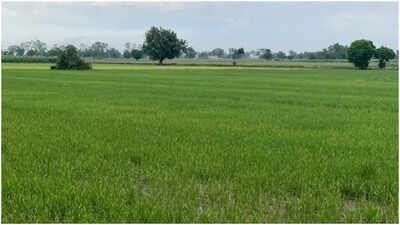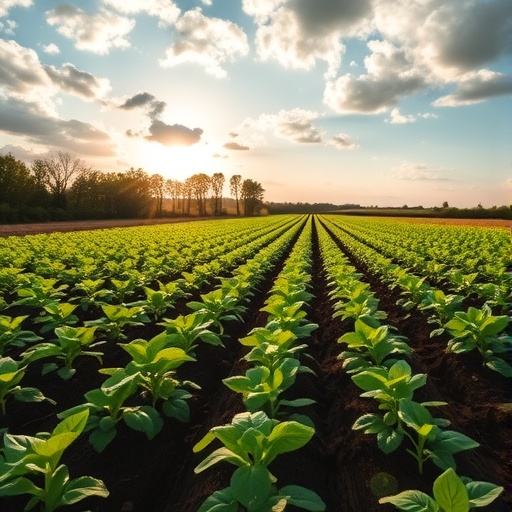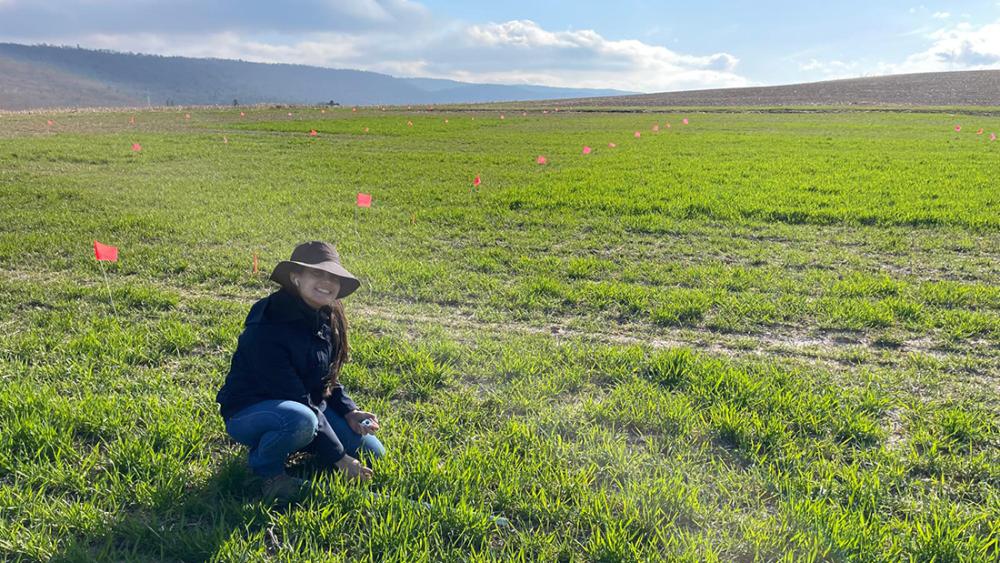Appointment of Tom Vilsack to World Food Prize Foundation Leadership
Tom Vilsack, former U.S. Secretary of Agriculture, has been appointed as the new Chief Executive Officer of the World Food Prize Foundation. The foundation is a key organization dedicated to advancing global food security and promoting sustainable agricultural practices, directly contributing to the United Nations’ Sustainable Development Goals (SDGs).
Strategic Alignment with Sustainable Development Goals (SDGs)
The appointment and the foundation’s mission are intrinsically linked to several critical SDGs. The new leadership is expected to drive progress in the following areas:
- SDG 2: Zero Hunger: The core mission is to address global food security and fight hunger through innovation and transformative solutions in agriculture.
- SDG 12: Responsible Consumption and Production: Vilsack’s career focus on sustainable food production and the foundation’s goal of ensuring a sustainable food system are central to achieving sustainable consumption and production patterns.
- SDG 17: Partnerships for the Goals: A stated objective of the new CEO is to forge new partnerships, a key mechanism for achieving all SDGs by uniting global efforts against hunger.
- SDG 1: No Poverty & SDG 8: Decent Work and Economic Growth: By improving agricultural systems and food security, the foundation’s work supports poverty reduction and fosters economic growth, particularly in rural and developing regions.
Professional Background and Mandate
Mr. Vilsack’s extensive experience positions him to lead the foundation’s efforts in achieving its SDG-aligned objectives. His career and new mandate include the following key points:
- Extensive Public Service: Vilsack has completed two terms as U.S. Secretary of Agriculture and previously served two terms as the governor of Iowa, demonstrating a long-term commitment to agricultural policy and development.
- Established Foundation Ties: Prior to this appointment, Vilsack served on the foundation’s council of advisors and board of directors, indicating a deep familiarity with its operations and mission.
- Future Vision: In his new role, Vilsack aims to champion efforts for a sustainable and equitable food system for future generations, directly supporting the long-term vision of the 2030 Agenda for Sustainable Development.
Analysis of SDGs in the Provided Article
1. Which SDGs are addressed or connected to the issues highlighted in the article?
The article primarily addresses issues connected to the following Sustainable Development Goals:
- SDG 2: Zero Hunger – This is the most prominent SDG in the article. The text explicitly mentions the World Food Prize Foundation’s devotion to “driving transformative change in food security,” addressing the “fight against hunger,” and promoting “sustainable agriculture.” These phrases are central to the mission of SDG 2.
- SDG 17: Partnerships for the Goals – The article highlights the importance of collaboration. Tom Vilsack’s statement about his intention to “forge new partnerships” directly aligns with the core principle of SDG 17, which emphasizes the need for global partnerships to achieve sustainable development. The foundation itself is an example of a multi-stakeholder partnership.
2. What specific targets under those SDGs can be identified based on the article’s content?
Based on the article’s focus, the following specific targets can be identified:
-
Under SDG 2 (Zero Hunger):
- Target 2.1: “By 2030, end hunger and ensure access by all people… to safe, nutritious and sufficient food all year round.” The article’s references to “global food security” and the “fight against hunger” directly connect to this target of ending hunger and ensuring everyone has enough food.
- Target 2.4: “By 2030, ensure sustainable food production systems and implement resilient agricultural practices…” The article explicitly mentions Vilsack’s career focus on “sustainable food production” and the foundation’s goal to ensure a “sustainable and equitable food system,” which aligns perfectly with this target.
-
Under SDG 17 (Partnerships for the Goals):
- Target 17.16: “Enhance the global partnership for sustainable development, complemented by multi-stakeholder partnerships that mobilize and share knowledge, expertise, technology and financial resources…” Vilsack’s stated goal to “forge new partnerships” to bring “new solutions in the fight against hunger” is a direct reflection of this target’s aim to build effective collaborations to address global challenges.
3. Are there any indicators mentioned or implied in the article that can be used to measure progress towards the identified targets?
The article does not mention any specific, quantitative indicators. However, it implies certain areas where progress could be measured:
- Implied Indicator for Target 2.1: The success of the foundation’s efforts in the “fight against hunger” implies a goal to reduce the prevalence of food insecurity. Progress would be measured by a decrease in the number of people suffering from hunger globally.
- Implied Indicator for Target 2.4: The focus on “sustainable agriculture” and a “sustainable food system” implies that progress could be measured by the adoption rate of sustainable agricultural practices or the proportion of agricultural land managed sustainably.
- Implied Indicator for Target 17.16: The statement about “forging new partnerships” suggests that a key measure of success for Vilsack’s tenure would be the number and effectiveness of new public, private, and civil society partnerships established to advance global food security.
4. Table of SDGs, Targets, and Indicators
| SDGs | Targets | Indicators (as implied in the article) |
|---|---|---|
| SDG 2: Zero Hunger | Target 2.1: End hunger and ensure access to safe, nutritious, and sufficient food. | Reduced prevalence of global hunger and improved food security. |
| Target 2.4: Ensure sustainable food production systems. | Increased implementation of sustainable agriculture and food production practices. | |
| SDG 17: Partnerships for the Goals | Target 17.16: Enhance the global partnership for sustainable development. | The number and effectiveness of new partnerships forged to address food security. |
Source: hamilton.edu

